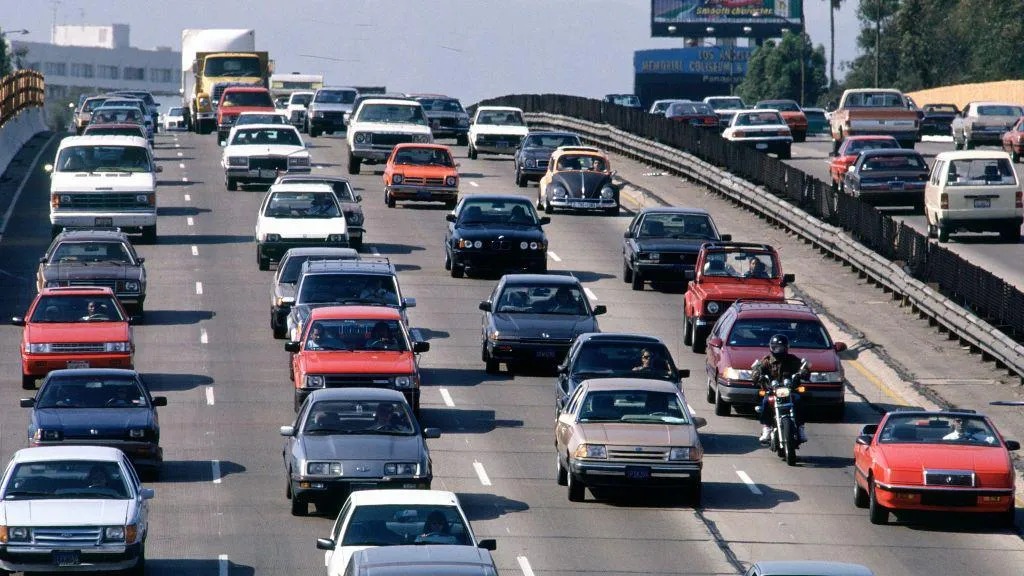
LA’s Transportation Dilemma
From Freeways to Bike Paths: A Shift in Culture
For decades, Los Angeles has epitomized car culture, with freeways and traffic jams dominating its identity. But change is afoot. The “Twenty-eight by ’28” initiative, launched in 2017, aims to expand cycling infrastructure and transit options before the 2028 Olympics.
Despite LA’s sunny weather, only about 1% of residents currently bike to work. Advocates like Damian Kevitt, executive director of Streets Are For Everyone (Safe), believe safer streets and better-connected bike lanes could change that.
Challenges and Resistance
Pushback Against Progress
The shift to a more bike-centric LA hasn’t been without opposition:
- Traffic Concerns: Critics argue bike lanes worsen congestion.
- Community Pushback: Leaders like Darin Drabing oppose lanes near cemeteries, citing increased commute times.
- Policy Reversals: Glendale recently removed some bike lanes due to complaints.
Success Stories and Global Inspiration
H2: Learning from Other Olympic Cities
Los Angeles can draw inspiration from past Olympic hosts like Paris and London, where bike lanes revolutionized city commutes. But challenges remain. Even in Toronto, protected bike lanes face removal amid political battles.
Voices of Change
Personal Transformations through Cycling
Cyclists like Mimi Holt, once terrified of LA’s streets, are embracing biking as a lifestyle. Pre-diabetic and seeking exercise, she rediscovered cycling’s joy but longs for a more connected network of lanes.
“If only the bike paths connected, I’d ditch my car completely,” Holt said, voicing a sentiment shared by many Angelenos frustrated by incomplete infrastructure.
The Road Ahead
Can LA Deliver Before the Games?
Progress on the “Twenty-eight by ’28” plan has been slow. Of 28 proposed projects, only five are complete, and just $900 million of the required funding has been secured.
Mayor Karen Bass envisions a “transit-first” Olympics and is lobbying for additional federal support. Despite skepticism, Bass remains hopeful the city will embrace lasting transportation changes.
The Bigger Picture
Why Bike Lanes Matter
Bike lanes aren’t just about reducing traffic—they’re about affordability, health, and the environment. For many, like Holt, the cost of car ownership is prohibitive. Others see cycling as a way to reduce emissions and improve quality of life in a sprawling city.
External and Internal Links
- External Link: Explore how Paris transformed with bike lanes
- Internal Link: Innovative transit solutions in urban cities





